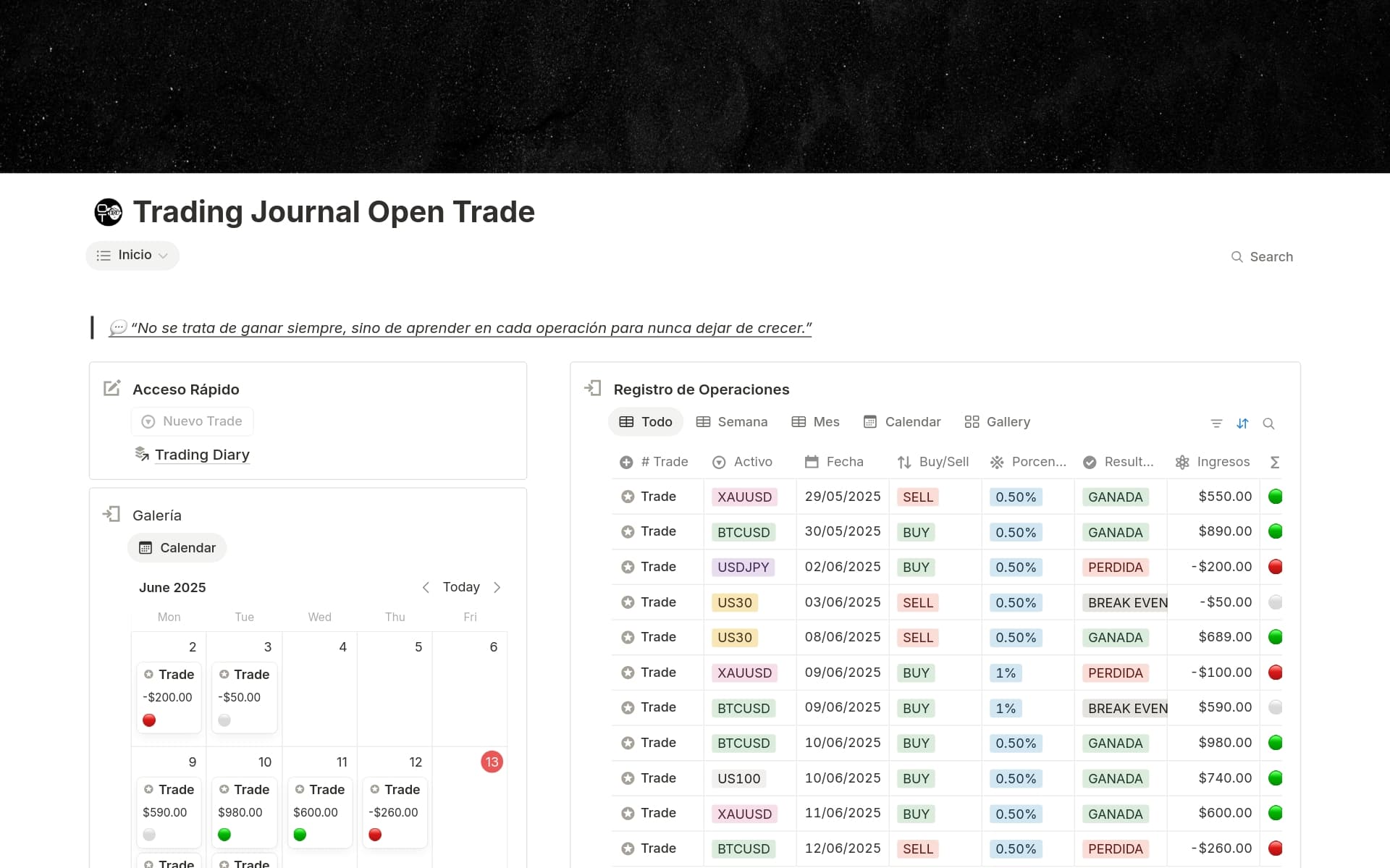Making decisions is a critical aspect of life, affecting everything from daily choices to long-term plans. A Decision-Making Tool is important because it provides a structured approach to evaluating options, considering potential outcomes, and making informed choices. A Decision-Making Tool template in Notion can streamline this process by offering predefined frameworks and criteria, making it easier to compare options and arrive at the best possible decision.
Before you start creating your own Decision-Making Tool, check out these Decision-Making Tool templates below to help make it easier.
What Should Decision-Making Tool Templates Include?
Choosing the right Decision-Making Tool Template in Notion can streamline your process and enhance your ability to make informed choices efficiently. Here are key components to look for:
Clear Framework: The template should have a well-defined structure that guides you through the decision-making process, ensuring all factors are considered systematically.
Integration Capabilities: A good template should seamlessly integrate with other tools and platforms you use, allowing for easy data import and export.
Customizability: Look for templates that are flexible and can be tailored to fit your specific needs and preferences, which can vary widely across different scenarios.
Visual Elements: Effective templates often include charts, graphs, and decision trees that help visualize options and outcomes, making complex information easier to digest.
With these components, a Decision-Making Tool Template not only aids in making choices but also becomes an integral part of your strategic toolkit.
What Should Decision-Making Tool Templates Avoid?
When selecting a Decision-Making Tool Template in Notion, it's essential to know what features might hinder rather than help. Here are three key components to steer clear of:
Overly Complex Interfaces: Templates with complicated layouts can slow down decision-making processes rather than streamline them. Simplicity is key.
Fixed Decision Paths: Avoid templates that do not allow for flexible decision-making routes. Adaptability in the tool is vital for it to be useful across various scenarios.
Non-Collaborative Features: Decision-making often involves multiple stakeholders. Templates lacking options for collaboration can limit the effectiveness of the decision-making process.
Choosing the right template involves looking for one that enhances productivity and clarity without adding unnecessary complications or restrictions.




